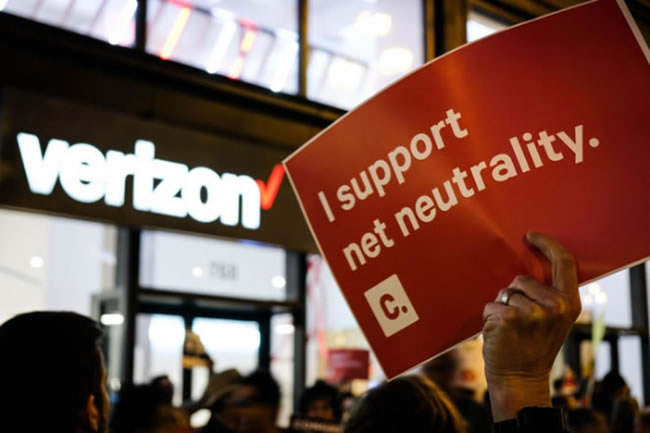

Here’s a quick history lesson showing how the debate has evolved: Now, with an executive order issued on July 9, 2021, President Biden is hoping to restore many of the same rules from 2015.

Just two years later, the Trump administration’s FCC repealed those rules. Both the Bush and Obama administrations enacted anti-discrimination rules aimed at protecting net neutrality, but it wasn’t until 2015 that the FCC passed its sweeping net neutrality order.īut it turned out to be short-lived. At the time, Wu hoped to provide a “general perspective” on net neutrality stating that: “Government regulation in such contexts invariably tries to help ensure that the short-term interests of the owner do not prevent the best products or applications becoming available to end-users.” In 2003, Columbia University law professor Tim Wu first used the phrase “network neutrality” in a paper about broadband discrimination.
#Net neutrality and video makers free
With net neutrality, you would have free and equal access to both Peacock and Netflix.Īnother example would be your ISP slowing your connection every time you try to game over Twitch, but speeding it back up again when you’re not gaming, a practice known as throttling. Or, Xfinity could allow their subscribers to stream Peacock content (which they own through NBCUniversal) for free, while charging subscribers for watching Netflix.
#Net neutrality and video makers tv
For example, your internet provider could theoretically make Netflix slower in order to push you towards its cable TV service. Without net neutrality or other laws protecting equal content, ISPs could, in theory, block certain websites and favor others.


 0 kommentar(er)
0 kommentar(er)
